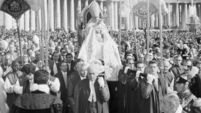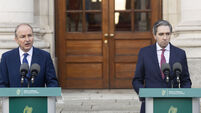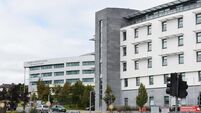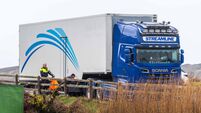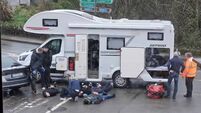Legion of Mary uses centenary to ask Church to let it help with parish revitalisation
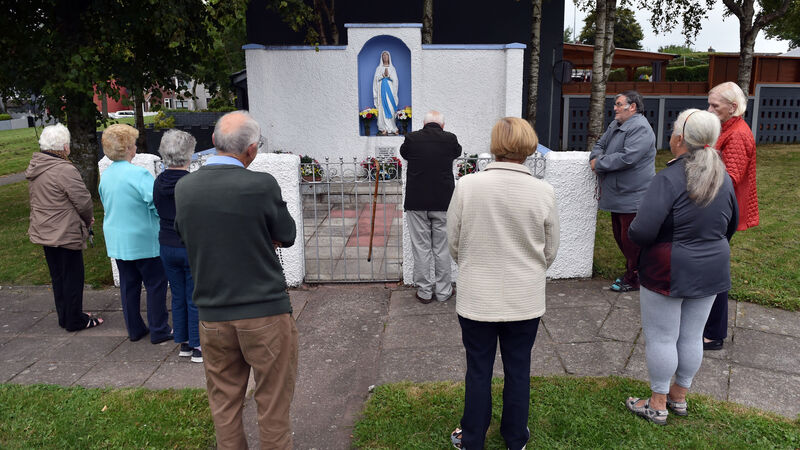
Members of the Legion of Mary praying at the Grotto at Avonmore park, in Mayfield.
A leading figure in a lay religious group, whose members regularly pray the rosary at grottos around Ireland, has appealed to priests to allow its members work with them to help revitalise parishes.
Bernard Spillane, the acting president of the Cork Comitium of the Legion of Mary, was speaking ahead of the celebration on Tuesday of the centenary of the foundation of what was once one of the most influential lay Catholic groups in the country.




